 | ||
Fluoroquinolones antibiotics
The quinolones are a family of synthetic broad-spectrum antibiotic drugs. Quinolones, and derivatives, have also been isolated from natural sources (such as plants, animals and bacteria) and can act as natural antimicrobials and/or signalling molecules.
Contents
- Fluoroquinolones antibiotics
- Medical school antibiotics fluoroquinolones
- Medical uses
- Children
- Adverse effects
- Contraindications
- Pharmacology
- Mechanism of action
- Mechanism of toxicity
- Interactions
- Antibiotic misuse and bacterial resistances
- History
- Generations
- First generation
- Second generation
- Third generation
- Fourth generation
- In development
- Veterinary use
- References
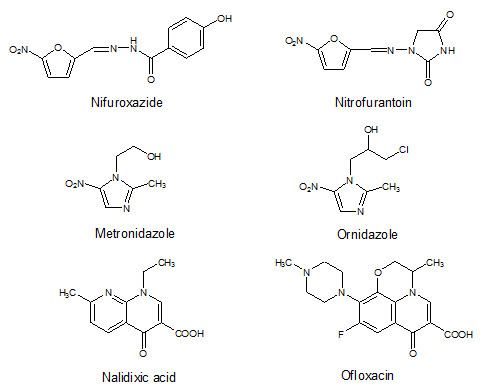
Quinolones exert their antibacterial effect by preventing bacterial DNA from unwinding and duplicating. The majority of quinolones in clinical use are fluoroquinolones, which have a fluorine atom attached to the central ring system, typically at the 6-position or C-7 position. Most of them are named with the -oxacin suffix.
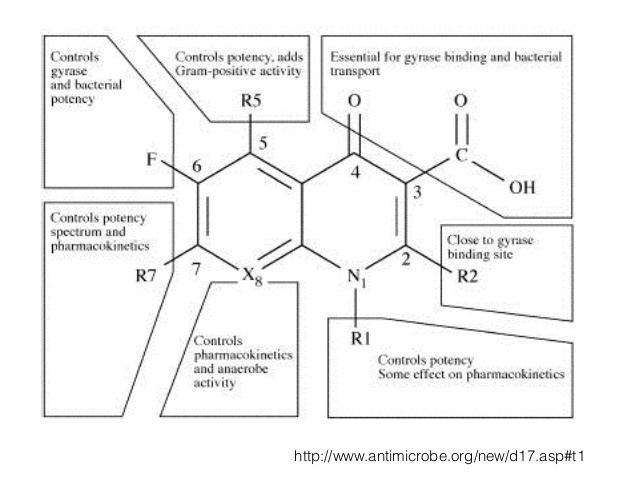
Medical school antibiotics fluoroquinolones
Medical uses
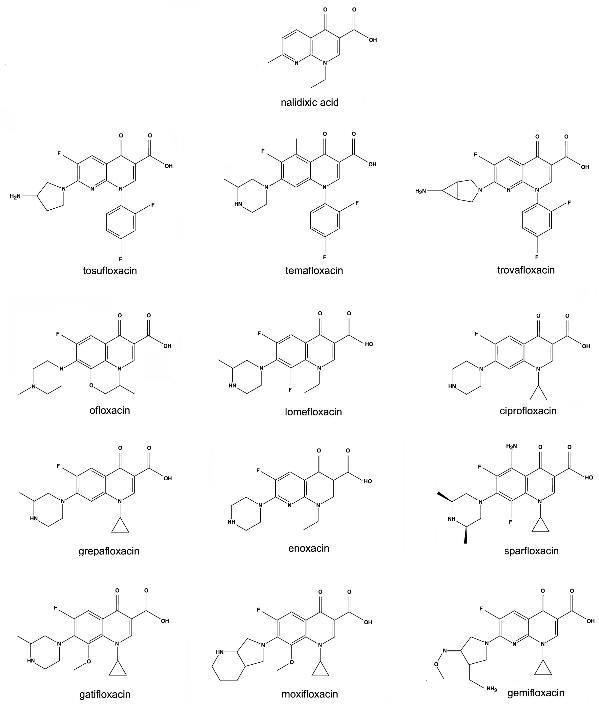
Fluoroquinolones are broad-spectrum antibiotics (effective for both gram-negative and gram-positive bacteria) that play an important role in treatment of serious bacterial infections, especially hospital-acquired infections and others in which resistance to older antibacterial classes is suspected. Because the use of broad-spectrum antibiotics encourages the spread of multidrug-resistant strains and the development of Clostridium difficile infections, treatment guidelines from the Infectious Diseases Society of America, the American Thoracic Society, and other professional organizations recommend minimizing the use of fluoroquinolones and other broad-spectrum antibiotics in less severe infections and in those in which risk factors for multidrug resistance are not present.

As of 2016, the FDA recommended that "serious side effects associated with fluoroquinolone antibacterial drugs generally outweigh the benefits for patients with acute sinusitis, acute bronchitis, and uncomplicated urinary tract infections who have other treatment options. For patients with these conditions, fluoroquinolones should be reserved for those who do not have alternative treatment options."

Fluoroquinolones are featured prominently in The American Thoracic Society guidelines for the treatment of hospital-acquired pneumonia. The Society recommends fluoroquinolones not be used as a first-line agent for community-acquired pneumonia, instead recommending macrolide or doxycycline as first-line agents. The Drug-Resistant Streptococcus pneumoniae Working Group recommends fluoroquinolones be used for the ambulatory treatment of community-acquired pneumonia only after other antibiotic classes have been tried and failed, or in cases with demonstrated drug-resistant Streptococcus pneumoniae.
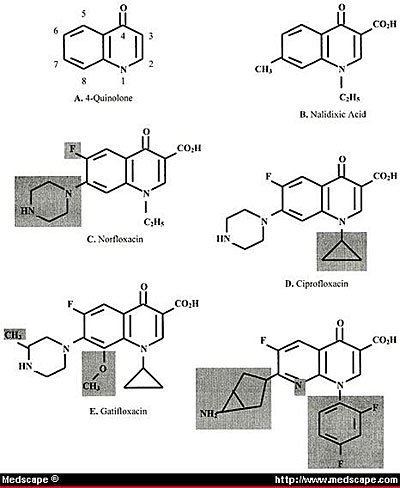
Fluoroquinolones are often used for genitourinary infections, and are widely used in the treatment of hospital-acquired infections associated with urinary catheters. In community-acquired infections, they are recommended only when risk factors for multidrug resistance are present or after other antibiotic regimens have failed. However, for serious acute cases of pyelonephritis or bacterial prostatitis where the patient may need to be hospitalised, fluoroquinolones are recommended as first-line therapy.
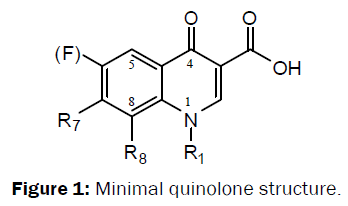
Due to sickle-cell disease patients' being at increased risk for developing osteomyelitis from the Salmonella genus, fluoroquinolones are the "drugs of choice" due to their ability to enter bone tissue without chelating it, as tetracyclines are known to do.
Children
The use of fluoroquinolones to treat infections in children is controversial.
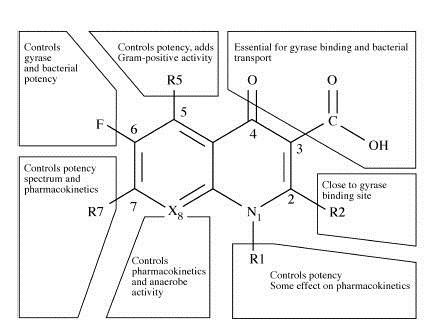
In most countries, fluoroquinolones are approved for use in children only under narrowly-defined circumstances, owing in part to the observation of high rates of musculoskeletal adverse events in fluoroquinolone treated juvenile animals. In the UK, the prescribing indications for fluoroquinolones for children are severely restricted. Only inhalant anthrax and pseudomonal infections in cystic fibrosis infections are licensed indications in the UK due to ongoing safety concerns. In a study comparing the safety and efficacy of levofloxacin to that of azithromycin or ceftriaxone in 712 children with community-acquired pneumonia, serious adverse events were experienced by 6% of those treated with levofloxacin and 4% of those treated with comparator antibiotics. Most of these were considered by the treating physician to be unrelated or doubtfully related to the study drug. Two deaths were observed in the levofloxacin group, neither of which was thought to be treatment-related. Spontaneous reports to the FDA Adverse Effects Reporting System at the time of the 20 September 2011 FDA Pediatric Drugs Advisory Committee included musculoskeletal events (39, including 5 cases of tendon rupture) and central nervous system events (19, including 5 cases of seizures) as the most common spontaneous reports between April 2005 and March 2008. An estimated 130,000 pediatric prescriptions for levofloxacin were filled on behalf of 112,000 pediatric patients during that period.
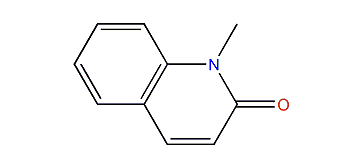
A number of recent meta-analyses have concluded that fluoroquinolones pose little or no additional risk to children compared to other antibiotic classes.
Current recommendations by the American Academy of Pediatrics state that the use of fluoroquinolines in children may be appropriate when the infection is caused by multidrug-resistant bacteria, or when alternative treatment options require parenteral administration and oral therapy is preferred.
Adverse effects
While typical drug side effects reactions are mild to moderate; sometimes serious adverse effects occur.
Prominent among these are side effects that became the subject of a black box warning by the FDA in 2016. The FDA wrote: "An FDA safety review has shown that fluoroquinolones when used systemically (i.e. tablets, capsules, and injectable) are associated with disabling and potentially permanent serious side effects that can occur together. These side effects can involve the tendons, muscles, joints, nerves, and central nervous system."
Quinolones are associated with a small risk of tendinitis and tendon rupture; a 2013 review found the incidence of tendon injury among those taking fluoroquinolones to be between 0.08 and 0.2%. The risk appears to be higher among people older than 60 and those also taking corticosteroids; there may also be higher risk among people who are male, have a pre-existing joint or tendon issue, have kidney disease, and are highly active. Some experts have advised avoidance of fluoroquinolones in athletes. If tendonitis occurs, it generally appears within one month, and the most common tendon that is injured appears to be the Achilles tendon. The cause is not well understood.
Nervous system effects include insomnia, restlessness, and rarely, seizure, convulsions, and psychosis Other rare and serious adverse events have been observed with varying degrees of evidence for causation.
More generally, fluoroquinolones are tolerated, with typical drug side effects being mild to moderate. Common side effects include gastrointestinal effects such as nausea, vomiting, and diarrhea, as well as headache and insomnia. Postmarketing surveillance has revealed a variety of relatively rare but serious adverse effects that are associated with all members of the fluoroquinolone antibacterial class. Among these, tendon problems and exacerbation of the symptoms of the neurological disorder myasthenia gravis are the subject of "black box" warnings in the United States.
The overall rate of adverse events in patients treated with fluoroquinolones is roughly similar to that seen in patients treated with other antibiotic classes. A U.S. Centers for Disease Control and Prevention study found patients treated with fluoroquinolones experienced adverse events severe enough to lead to an emergency department visit more frequently than those treated with cephalosporins or macrolides, but less frequently than those treated with penicillins, clindamycin, sulfonamides, or vancomycin.
Fluoroquinolones prolong the heart's QT interval by blocking voltage-gated potassium channels. Prolongation of the QT interval can lead to torsades de pointes, a life-threatening arrhythmia, but in practice this appears relatively uncommon in part because the most widely prescribed fluoroquinolones (ciprofloxacin and levofloxacin) only minimally prolong the QT interval.
Clostridium difficile colitis may occur in connection with the use of any antibacterial drug, especially those with a broad spectrum of activity such as clindamycin, cephalosporins, and fluoroquinolones. Fluoroquinoline treatment is associated with risk that is similar to or less than that associated with broad spectrum cephalosporins. Fluoroquinoline administration may be associated with the acquisition and outgrowth of a particularly virulent Clostridium strain.
Events that may occur in acute overdose are rare, and include renal failure and seizure. Susceptible groups of patients, such as children and the elderly, are at greater risk of adverse reactions during therapeutic use.
Contraindications
Quinolones are contraindicated if a patient has epilepsy, QT prolongation, pre-existing CNS lesions, or CNS inflammation, or the patient has suffered a stroke. They are best avoided in the athlete population. Safety concerns exist for fluoroquinolone use during pregnancy, so they are contraindicated unless no other safe alternative antibiotic exists. However, one meta-analysis looking at the outcome of pregnancies involving quinolone use in the first trimester found no increased risk of malformations. They are also contraindicated in children due to the risks of damage to the musculoskeletal system. Their use in children is not absolutely contraindicated, however. For certain severe infections where other antibiotics are not an option, their use can be justified. Quinolones should also not be given to people with a known hypersensitivity to the drug.
Pharmacology
The basic pharmacophore, or active structure, of the fluoroquinolone class is based upon the quinoline ring system. The addition of the fluorine atom at C6 distinguishes the successive-generation fluoroquinolones from the first-generation of quinolones. The addition of the C6 fluorine atom has since been demonstrated not to be required for the antibacterial activity of this class (circa 1997).
Mechanism of action
First and second generation fluoroquinolones selectively inhibit the topoisomerase II ligase domain, leaving the two nuclease domains intact. This modification, coupled with the constant action of the topoisomerase II in the bacterial cell, leads to DNA fragmentation via the nucleasic activity of the intact enzyme domains. Third and fourth generation fluoroquinolones are more selective for the topoisomerase IV ligase domain, and thus have enhanced gram-positive coverage.
Fluoroquinolones can enter cells easily via porins and, therefore, are often used to treat intracellular pathogens such as Legionella pneumophila and Mycoplasma pneumoniae. For many gram-negative bacteria, DNA gyrase is the target, whereas topoisomerase IV is the target for many gram-positive bacteria. Some compounds in this class have been shown to inhibit the synthesis of mitochondrial DNA.
Mechanism of toxicity
The mechanisms of the toxicity of fluoroquinolones have been attributed to their interactions with different receptor complexes, such as blockade of the GABAa receptor complex within the central nervous system, leading to excitotoxic type effects and oxidative stress.
Interactions
Products containing multivalent cations, such as aluminium- or magnesium-containing antacids, and products containing calcium, iron or zinc invariably result in marked reduction of oral absorption of fluoroquinolones. Other drugs that interact with fluoroquinolones include sucralfate, probenecid, cimetidine, theophylline, warfarin, antiviral agents, phenytoin, cyclosporine, rifampin, pyrazinamide, and cycloserine.
Administration of quinolone antibiotics to a benzodiazepine dependent individual can precipitate acute benzodiazepine withdrawal symptoms due to quinolones displacing benzodiazepines from their binding site.
Fluoroquinolones have varying specificity for cytochrome P450, and so may have interactions with drugs cleared by those enzymes; the order from most P450-inhibitory to least, is enoxacin > ciprofloxacin > norfloxacin > ofloxacin, levofloxacin, trovafloxacin, gatifloxacin, moxifloxacin.
Antibiotic misuse and bacterial resistances
Resistance to quinolones can evolve rapidly, even during a course of treatment. Numerous pathogens, including Escherichia coli, commonly exhibit resistance. Widespread veterinary usage of quinolones, in particular in Europe, has been implicated.
Fluoroquinolones had become the class of antibiotics most commonly prescribed to adults in 2002. Nearly half (42%) of these prescriptions were for conditions not approved by the FDA, such as acute bronchitis, otitis media, and acute upper respiratory tract infection, according to a study supported in part by the Agency for Healthcare Research and Quality. In addition, they are commonly prescribed for medical conditions, such as acute respiratory illness, that are usually caused by viral infections.
Three mechanisms of resistance are known. Some types of efflux pumps can act to decrease intracellular quinolone concentration. In gram-negative bacteria, plasmid-mediated resistance genes produce proteins that can bind to DNA gyrase, protecting it from the action of quinolones. Finally, mutations at key sites in DNA gyrase or topoisomerase IV can decrease their binding affinity to quinolones, decreasing the drugs' effectiveness.
History
The first quinolone was nalidixic acid - introduced in 1962 for treatment of urinary tract infections in humans. Nalidixic acid was discovered by George Lesher and coworkers in a distillate during an attempt at chloroquine synthesis. Nalidixic acid is thus considered to be the predecessor of all members of the quinolone family, including the second, third and fourth generations commonly known as fluoroquinolones. This first generation also included other quinolone drugs, such as pipemidic acid, oxolinic acid, and cinoxacin, which were introduced in the 1970s. They proved to be only marginal improvements over nalidixic acid.
Since the introduction of nalidixic acid in 1962, more than 10,000 analogs have been synthesized, but only a handful have found their way into clinical practice.
Partly as a result of the efforts of Public Citizen, in 2008 the FDA ordered boxed warnings on all fluoroquinolones, advising consumers of an enhanced risk of tendon damage.
On November 5, 2015, the FDA held a joint meeting of the Antimicrobial Drugs Advisory Committee and the Drug Safety and Risk Management Advisory Committee to discuss risks and benefits of the systemic fluoroquinolone antibacterial drugs for the acute bacterial sinusitis, acute bacterial exacerbations of bronchitis in people with chronic obstructive pulmonary disease, and uncomplicated urinary tract infections. The FDA asked the committee to review reports of tendonitis and tendon ruputure, peripheral neuropathy, and cardiac arrhythmia associated with long-term disability to determine whether the benefits of fluoroquinolone therapy in these indications justifies the associated risk. The 21-member joint committee overwhelmingly recommended stronger label warnings on the containers because of rare but sometimes devastating side effects.
Generations
Researchers divide the quinolones into generations based on their antibacterial spectrum. The earlier-generation agents are, in general, more narrow-spectrum than the later ones, but no standard is employed to determine which drug belongs to which generation. The only universal standard applied is the assignment of the nonfluorinated drugs found within this class (quinolones) to the 'first-generation' heading. As such, a wide variation exists within the literature dependent upon the methods employed by the authors.
The first generation is rarely used today. Nalidixic acid was added to the OEHHA Prop 65 list as a carcinogen on 15 May 1998. A number of the second-, third-, and fourth-generation drugs have been removed from clinical practice due to severe toxicity issues or discontinued by their manufacturers. The drugs most frequently prescribed today consist of Avelox (moxifloxacin), Cipro (ciprofloxacin), Levaquin (levofloxacin), and, to some extent, their generic equivalents.
First-generation
Second-generation
The second-generation class is sometimes subdivided into "Class 1" and "Class 2".
Third-generation
Unlike the first- and second-generations, the third-generation is active against streptococci.
Fourth-generation
Fourth-generation fluoroquinolones act at DNA gyrase and topoisomerase IV. This dual action slows development of resistance.
In development
Veterinary use
The quinolones have been widely used in agriculture, and several agents have veterinary, but not human, applications.
However, the agricultural use of fluoroquinolones in the US has been restricted since 1997, due to concerns over the development of antibiotic resistance. The practice of using fluoroquinolones is still prevalent in the UK.
